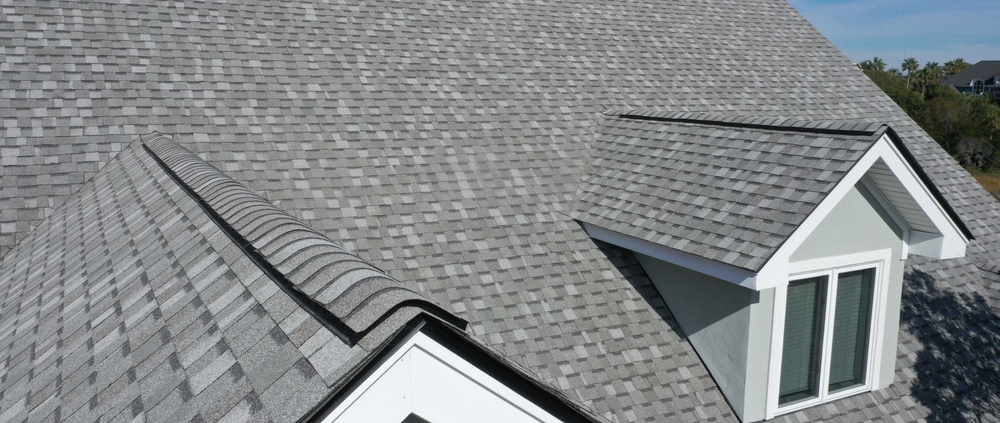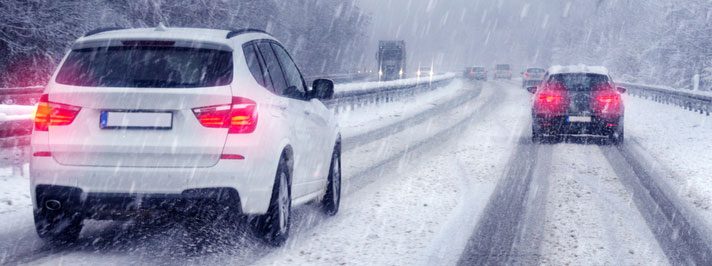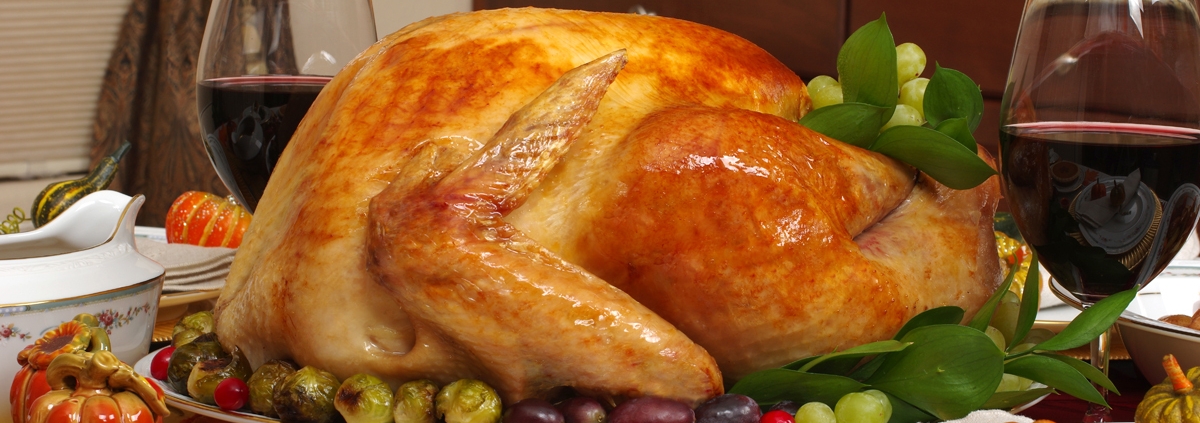Your roof is your home’s first line of defense against the elements, and it’s essential to keep it in good condition to ensure the safety and longevity of your property. Over time, various roofing problems can arise, but the good news is that most of these issues can be addressed with timely repairs. In this blog post, we will discuss some of the most common roofing problems homeowners encounter and the solutions to resolve them effectively.
Leaky Roof:
- Problem: Water leaks are a common issue, often caused by damaged or missing shingles, deteriorated flashing, or worn-out sealants.
- Solution: Identifying the source of the leak and promptly repairing or replacing damaged roofing materials can resolve this issue. Regular inspections and maintenance are key to preventing leaks.
Shingle Damage:
- Problem: Shingle problems, such as curling, cracking, or missing shingles, can leave your roof vulnerable to water infiltration.
- Solution: Replacing damaged or missing shingles and addressing the underlying causes, such as poor ventilation or inadequate attic insulation, can restore the roof’s integrity.
Moss and Algae Growth:
- Problem: Moss and algae can grow on your roof, causing aesthetic issues and potential damage.
- Solution: Cleaning your roof and applying treatments to prevent regrowth can help maintain its appearance and longevity.
Ice Dams:
- Problem: In colder climates, ice dams can form on your roof’s edge, leading to water backup and potential leaks.
- Solution: Proper insulation, ventilation, and regular maintenance can prevent ice dams. Additionally, removing snow buildup from your roof can help mitigate the risk.
Roof Ventilation Issues:
- Problem: Poor ventilation can lead to temperature imbalances, moisture buildup, and premature aging of roofing materials.
- Solution: Ensuring proper roof ventilation through vents and soffits can maintain a consistent temperature and humidity level in your attic, extending the life of your roof.
Flashing Problems:
- Problem: Damaged or improperly installed flashing around chimneys, vents, and skylights can allow water to seep in.
- Solution: Replacing damaged flashing and ensuring proper installation is crucial to preventing leaks in these vulnerable areas.
Sagging Roof:
- Problem: A sagging roof may indicate structural issues that require immediate attention.
- Solution: Consulting a professional roofing contractor is essential to assess and address any structural problems, which may involve reinforcing or replacing support beams.
Gutter Clogs:
- Problem: Clogged gutters can lead to water overflow, damaging the roof and causing foundation issues.
- Solution: Regular gutter cleaning and maintenance can prevent clogs and ensure proper drainage.
Regular roof inspections and maintenance are vital for identifying and addressing common roofing problems before they escalate. Whether it’s a minor repair or a more extensive renovation, acting promptly can extend the life of your roof and protect your home from costly damage. If you encounter any of these issues, don’t hesitate to consult a professional roofing contractor for expert solutions.






